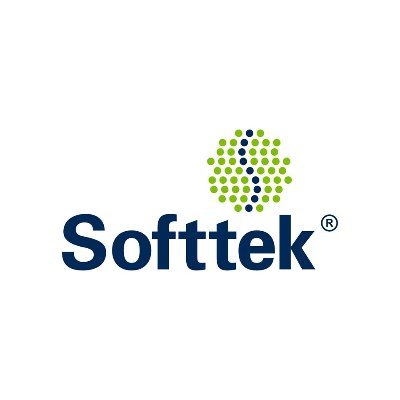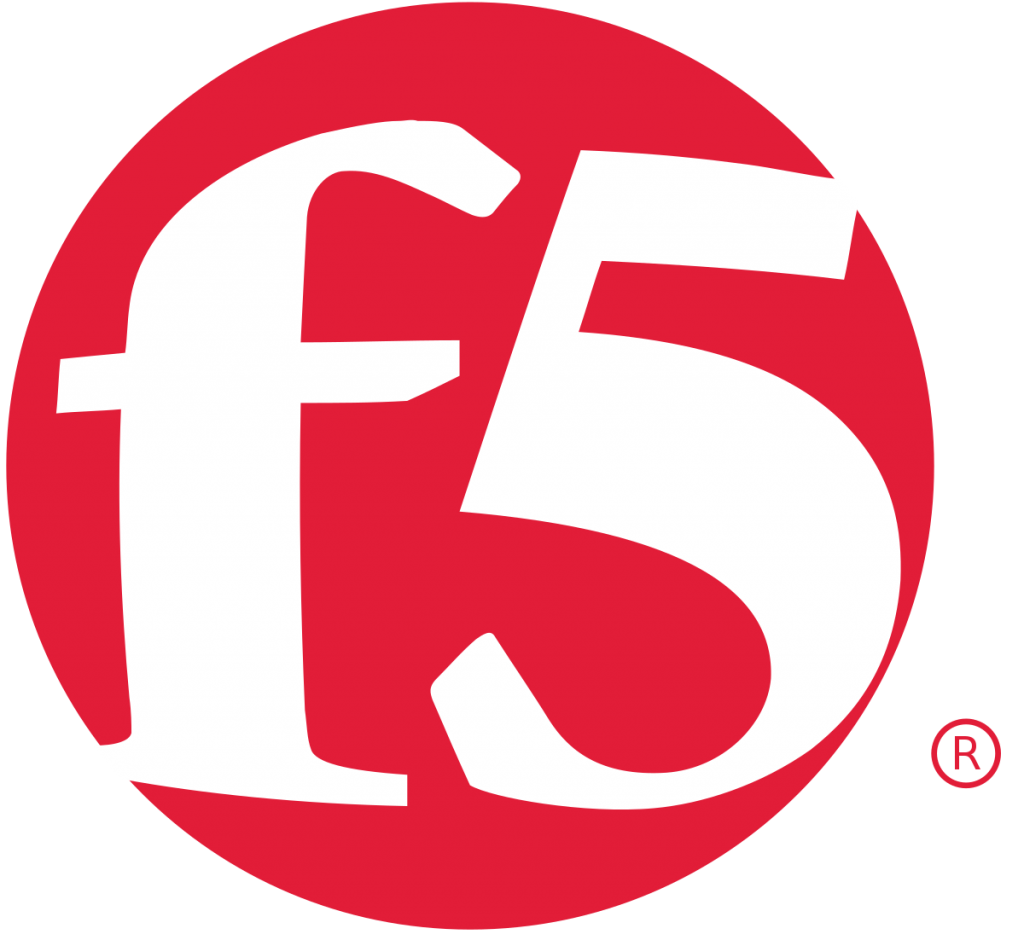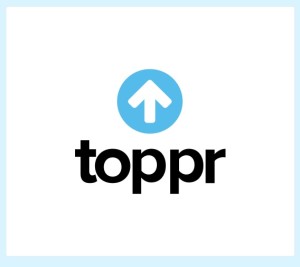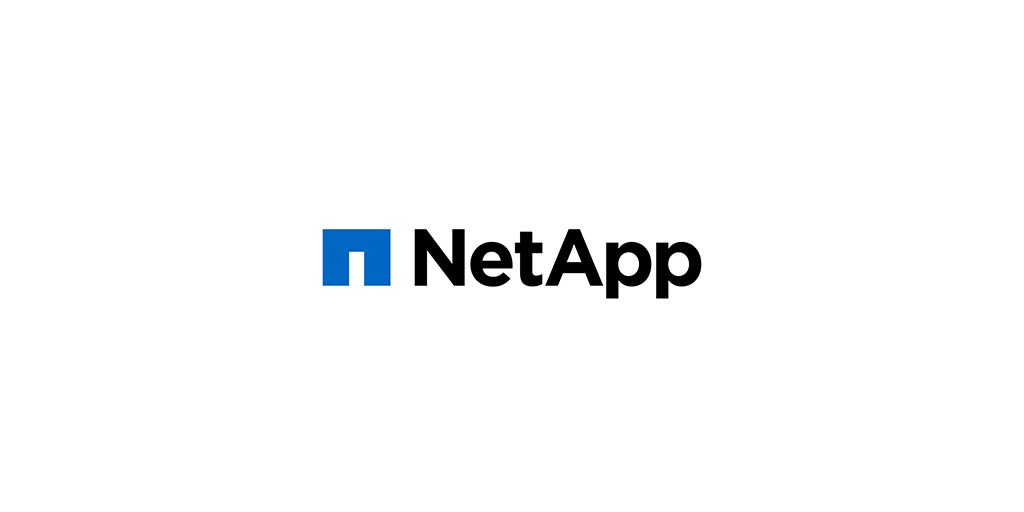Lyft: Making Car-pools Comfortable and Profitable
Due to growing environmental concerns, more and more people are shifting to carpooling and ride-share options. Companies such as Uber and Ola have profited from this shift in perspective. There’s another company that joined this cab-share bubble, much before it was a viable investment option. Headquartered in California, Lyft is a ride-share company that operates in over 644 cities in the US. The Lyft mobile app has become a sensation, offering rides, car-pool options, and even food delivery services. Here’s a look at their climb to success and fame.
How the System Works
Lyft has the second-largest market share in the United States, following Uber closely controlling 28% of the market as per the Second Measure. Users download and install the Lyft app on their mobile devices. They then register on the system, sign-up with their mobile number, and verify a payment system. The app supports payment via cards, Apple Pay, Google Pay, and even PayPal.
They can then book their rides, and once the trip is complete, their account is debited. The app provides information such as driver name and photograph to ensure safety. Both drivers and passengers have the option to add their personal information such as hometown and music preferences. Users also have the option to pay their drivers tips as they seem fit.
About the Founders of Lyft
Logan Green grew up in California, graduating with a BA in Business Economics from the University of California. The inspiration for founding Zimride came from having spent most of his life stuck in traffic, as per Green. He started the company as a means to solve the state’s transportation faults and shortcomings. Due to the limitations of public transportation, he requested Zipper to work from UCSB but they couldn’t due to the shortage of vehicles. So, Green acquired some cars and began a car-sharing program that had over 2,000 participants. This idea later took shape and became Zimride in 2007.

John Zimmer grew up in Connecticut, graduating in Hotel Administration from Cornell University at the top of his class. He then worked as an analyst for Lehman Brothers in New York. He met Green via Facebook while at Lehman Brothers, opting to quit his job to focus on their company. Green and Zimmer later moved to Silicon Valley and shared an apartment to grow the company, without taking salaries for three years.
Launch and Early Beginnings of Lyft
Computer programmers John Zimmer and Logan Green founded Lyft in 2012 as a subsidiary of Zimride. The latter worked as a long-distance carpooling company founded by the duo in 2007. The idea for Zimride came to Green on one of his frequent travels from the University of California to Los Angeles to visit his girlfriend. He initially used Craigslist’s ride boards but faced anxiety as he knew neither the passenger nor the driver.
Facebook launching its API to developers served as Green’s motivation to set up such a company. Soon enough, Zimride grew to become US’s largest carpool company. Green met John Zimmer on Facebook via a mutual friend. The company’s name came from Zimbabwe, wherein Green saw locals sharing a minivan during his trip there in 2005. Zimride launched at Cornell University, and six months later, 20% of the company had hopped on. In 2013, the company legally changed its name to Lyft, and in July of the same year, Lyft sold Zimride to Enterprise Holdings.
Growth of Lyft
While Zimride focused on colleges, Lyft served as a company enabling shorter trips within cities. The large pink mustaches on the front of cars became a symbol for Lyft. In 2014, it launched in 24 US cities, overnight, bringing its overall total to 60 cities. The same year, Lyft hired lobbying agents to handle the resistance they had faced since launching.
By mid-2014, Lyft launched its shared-taxi plan to enable cheaper rides to customers. By the end of next year, Lyft became the only company allowed to pick passengers up from the airport at Los Angeles. In 2017, Lyft completed its 160 millionth ride and launched in another 100 cities, bringing its total to 200 cities.
By the end of 2017, Lyft expanded its services to several Canadian cities such as Ontario, Toronto, and Ottawa. The following year, they partnered with All scripts to facilitate rides for patients, serving over 2,500 hospitals and 7 million patients. They acquired a bicycle-sharing company Motivates in late 2018.
The company went public in 2018, the first ride-sharing company to do so at a valuation of $24.3 billion, raising $2.34 billion. Also, by 2019, the company successfully completed over 5000 rides via self-driving cars in Las Vegas and has since grown tremendously, providing over a million rides a day.

Being a cinephile with a love for all things outdoorsy, Athulya never misses a chance to chase inspiring stories or poke fun at things, even when the subject is herself. Currently pursuing a degree in mechanical engineering, she is someone innately interested in technical and scientific research. Music reviews and op-eds define her as they allow her to explore different perspectives. Though sometimes she thinks she makes more sense playing the guitar than she does while writing.









